Optimal Timing for Waterproofing Projects
Proper timing for waterproofing projects ensures optimal adhesion and durability. The best time to perform waterproofing is during dry, mild weather conditions when temperature and humidity levels are stable. Typically, late spring through early fall offers the most suitable conditions, avoiding extreme cold or heat that can compromise application quality.
Weather fluctuations, such as heavy rain or freezing temperatures, can hinder waterproofing effectiveness. Conducting waterproofing during stable weather minimizes the risk of moisture infiltration and ensures long-lasting results. Planning projects during these optimal periods also allows for better surface preparation and curing times.
Spring and summer are ideal for waterproofing due to consistent weather and warmer temperatures, which facilitate proper application and curing.
Avoid waterproofing during freezing temperatures, heavy rain, or high humidity, as these conditions can impair adhesion and curing.
Dry weather ensures surface dryness, which is essential for the effectiveness of waterproofing membranes and coatings.
Temperatures below freezing or above 85°F can negatively affect waterproofing materials, reducing their lifespan and performance.
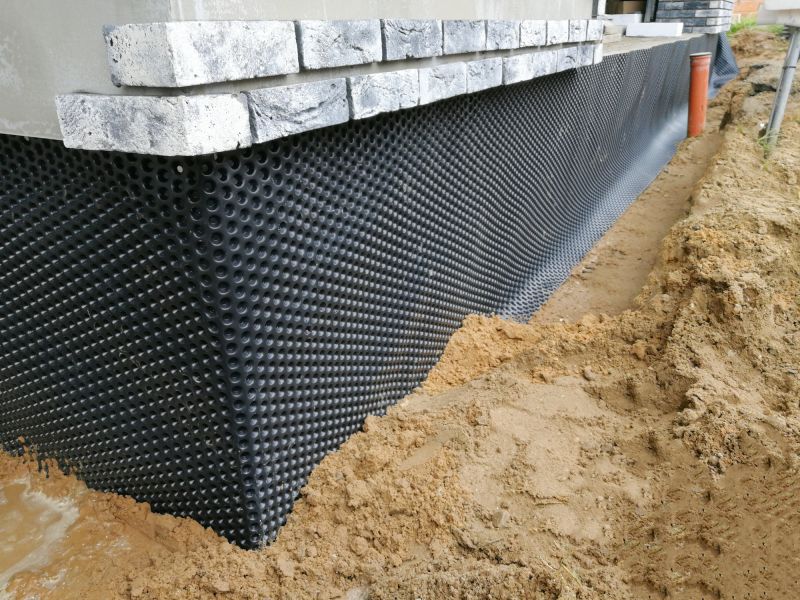
Professional waterproofing during spring ensures surfaces are dry and weather conditions are favorable.

Warm summer months provide ideal conditions for effective waterproofing and curing.

Freezing temperatures can compromise waterproofing materials, leading to reduced effectiveness.

Heavy rain can interfere with waterproofing application and curing processes.
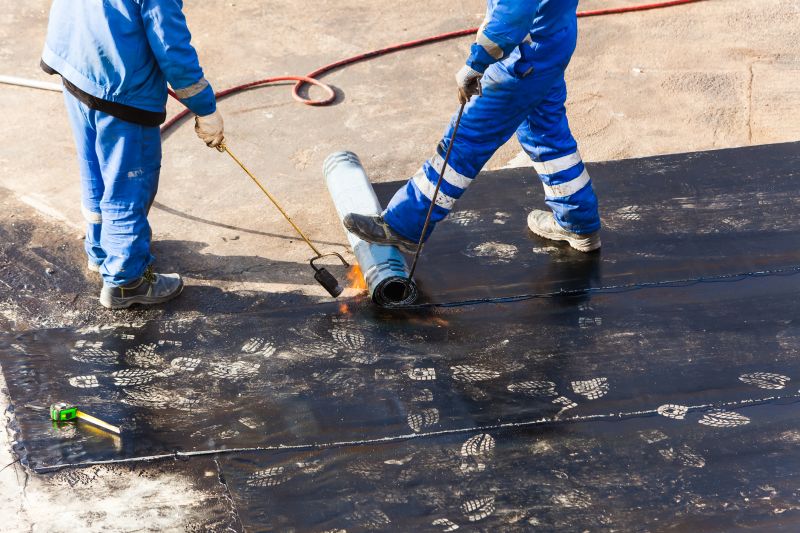
Maintaining application temperatures between 50°F and 85°F enhances adhesion and durability.
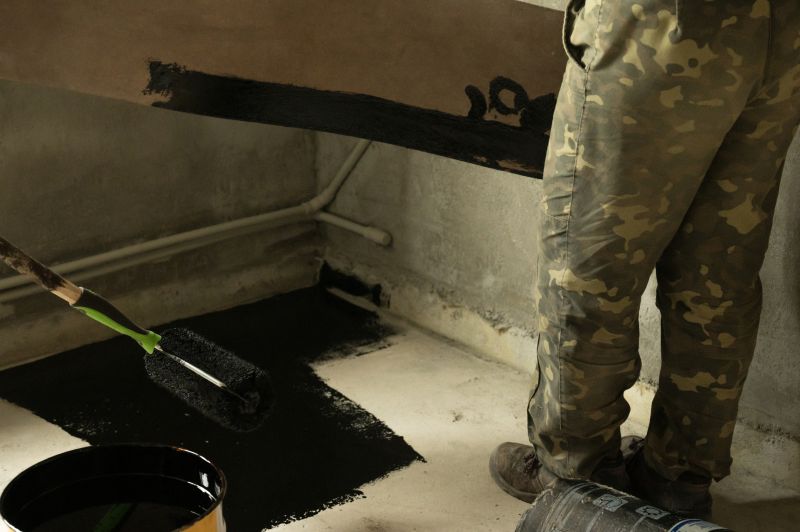
Scheduling waterproofing before seasonal shifts prevents project delays and ensures quality.

Ensuring surfaces are dry before application is critical for waterproofing success.

Continuous weather assessment helps determine the best windows for waterproofing work.
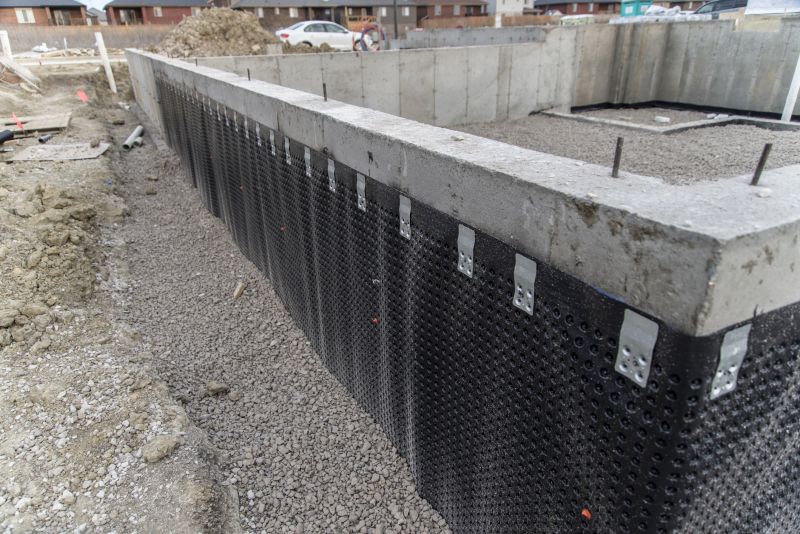
Allowing sufficient curing time during favorable weather maximizes waterproofing lifespan.
| Season | Ideal Conditions |
|---|---|
| Spring | Dry, mild temperatures, low humidity |
| Summer | Warm, stable weather, low rain |
| Early Fall | Moderate temperatures, little rain |
| Late Fall | Avoid due to cold and unpredictable weather |
| Winter | Not suitable due to freezing temperatures |
Waterproofings are essential for protecting structures from moisture intrusion, which can lead to damage, mold growth, and reduced structural integrity. Proper application during optimal weather conditions enhances the effectiveness and longevity of waterproofing systems. Regular maintenance and timely reapplications can prevent costly repairs and preserve the value of the property.
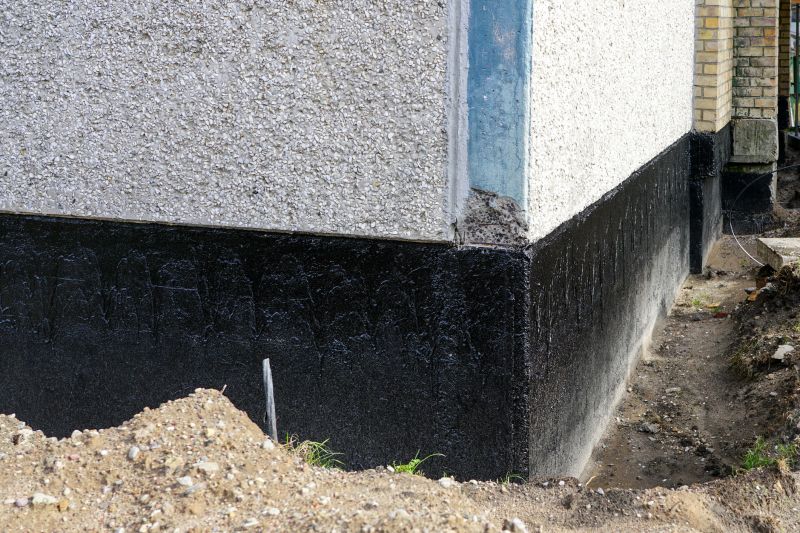
Applying waterproof coatings during favorable weather ensures maximum adhesion and durability.

Proper cleaning and drying are critical steps before waterproofing application.
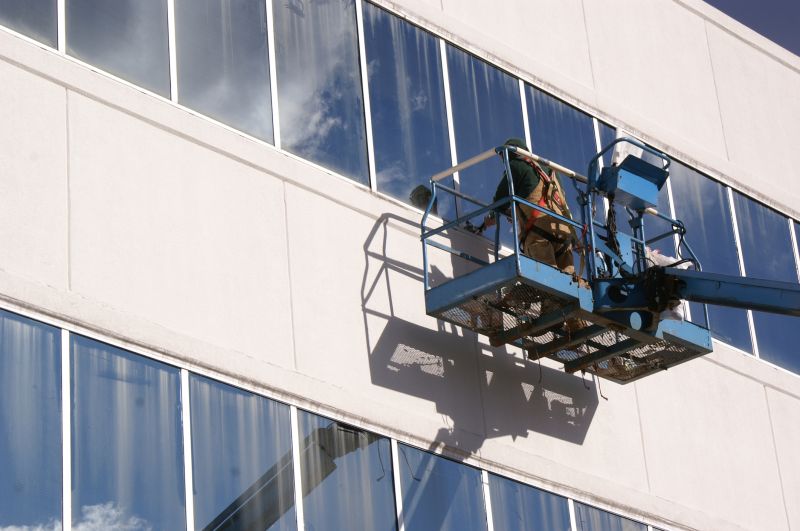
Keeping track of weather conditions helps determine the best time to proceed.

Allowing sufficient curing time during dry weather enhances waterproofing performance.
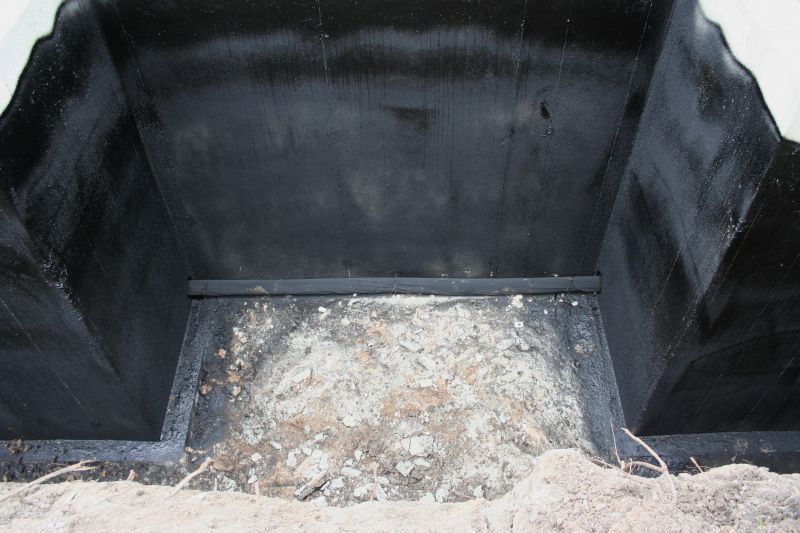
Ways to make Waterproofings work in tight or awkward layouts.
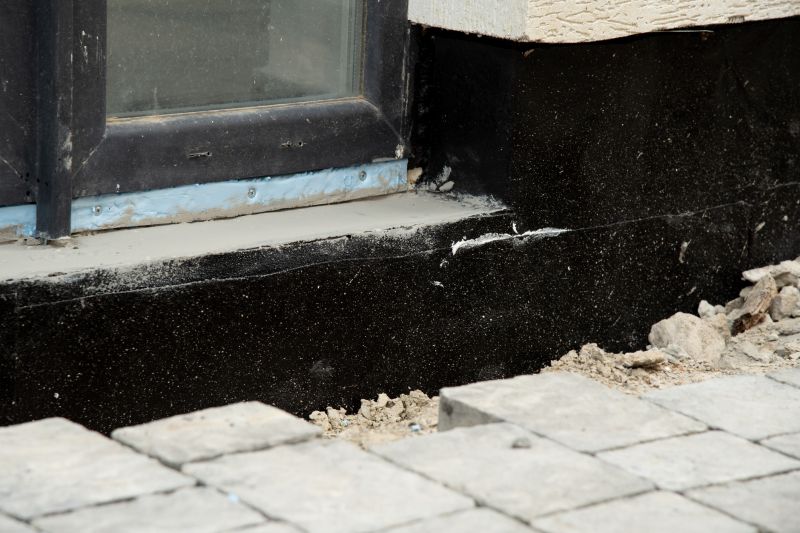
Popular materials for Waterproofings and why they hold up over time.

Simple add-ons that improve Waterproofings without blowing the budget.

High-end options that actually feel worth it for Waterproofings.
Interested property owners in Trenton, MI, can consider scheduling waterproofing projects during the optimal seasons to ensure the best results. Proper timing not only enhances the effectiveness of waterproofing systems but also extends their lifespan, providing long-term protection against moisture damage.

